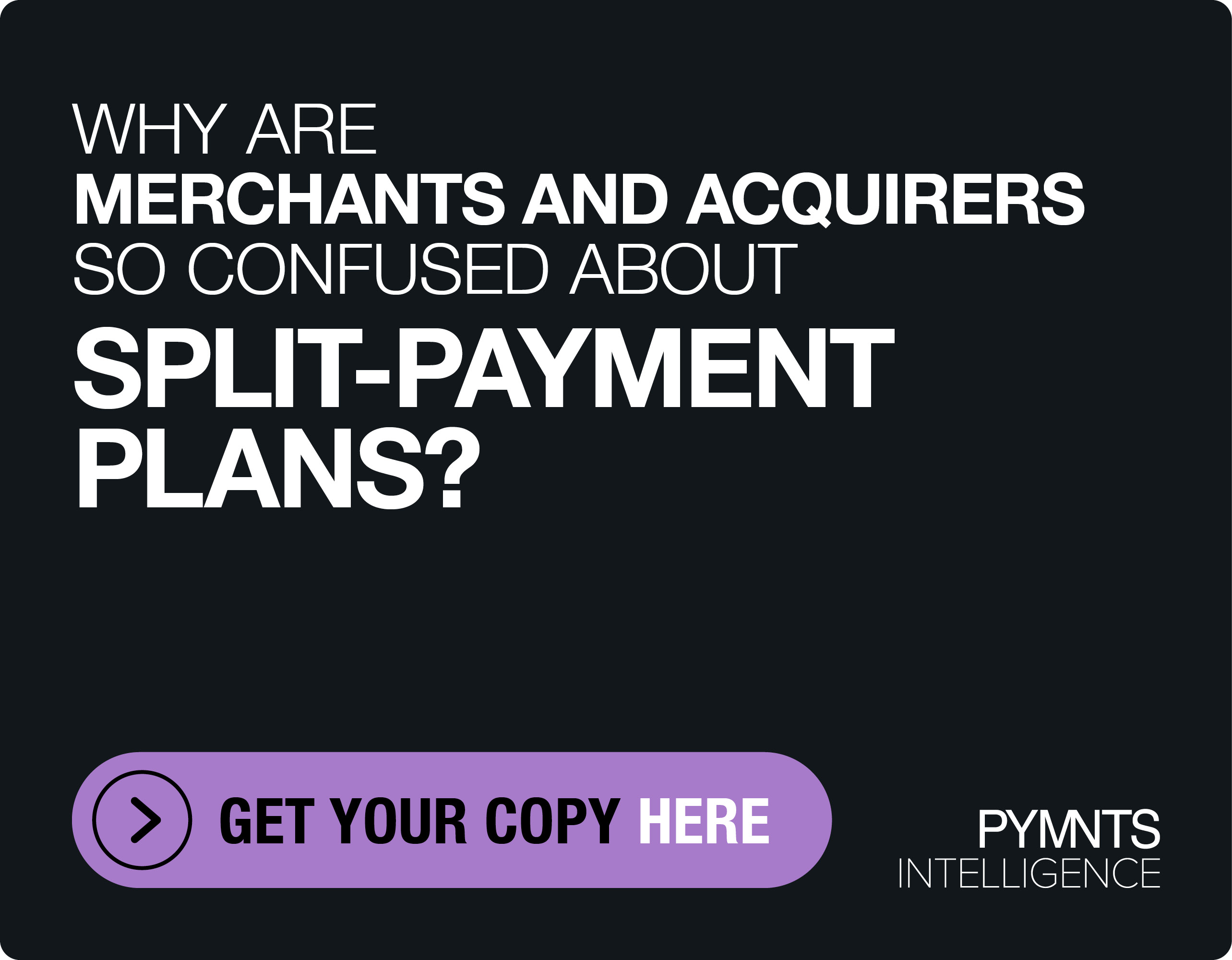Assembling Millennials’ Digital Master Payments Plan

Mastercard hopes to usher a new generation into the financial mainstream with its new Assemble platform for millennials. The lack of an easy onramp has forced young account holders to cobble together a financial management strategy across many platforms and apps to receive the services they want. Solana Cozzo, Mastercard’s Head of Prepaid and Inclusive Growth – North America Markets, says it’s time to change that. In a recent interview with Karen Webster, Cozzo explained why it’s time to give millennials what they want – and how Mastercard aims to do it.
“Avengers, assemble!” is a rally cry that would perk the ears of many millennials, but how about “Mastercard, assemble?”
The card network is hoping that’s the case, as it rolls out the first use case stemming from its recently launched global prepaid money management platform. Assemble for millennials is a toolkit that issuers, corporations and IBCUs can use to enable digital financial solutions, in this case targeting millennials, using a single-access digital prepaid product. Those physical and virtual prepaid products can be used to pay online and at stores, anywhere Mastercard is accepted.
Though there will be other use cases down the road, Mastercard’s head of prepaid and inclusive growth for North America markets, Solana Cozzo, said in a recent interview with Karen Webster that the company wanted to start with millennials since this demographic does not have an easy on-ramp into the financial mainstream.
Rather, Cozzo said, Mastercard’s research shows they are cobbling together a financial management system across many different platforms and apps. Millennials, she stated, may use their bank’s app to view balances, another app to pay bills, a third for peer-to-peer transfers (such as paying back friends and family members) and a fourth to manage their budget and/or save for a significant purchase, such as a gift, vacation or home.
With Assemble, Mastercard aims to give issuers a set of tools that will help them, well, assemble all of those functions into a single place, so that these account holders have a single view into their finances – with the goal of making prudent spending and saving decisions based on actual account data.
So, why prepaid and not debit? And why a payment card at all, when banking services are overwhelmingly shifting to digital, and when the digital-first generation is the product’s prime target?
Cozzo and Webster discussed how the prepaid element fits into Mastercard’s digital strategy, and how it answers millennials’ top three priorities.
What Millennials Want
Cozzo said that Mastercard has learned there are three main things that any solution targeting millennials must deliver.
First, it must be simple: Millennials crave simplicity. Cozzo said they’re tired of piecing together a financial management system across different platforms and apps. Millennials want an experience that is not fragmented, but rather a single hub where they can see and manage all the elements of their financial lives.
Second, it must put millennials in control of their money. Millennials don’t like being told what to do, said Cozzo – rather, they want to be empowered to make their own informed decisions about their financial lives, and that requires giving them access to the right data.
Third, it must be secure: Millennials want to know their accounts are safe. Like most consumers today, they are highly aware of the security threats that could put their hard-earned, thinly-stretched earnings at risk, and they want no part of it. Anyone they entrust with their money had better guard it with their lives. There is also a lock function that customers can enact to stop payments and avoid unauthorized spending. Other standard Mastercard security features have been incorporated into the solution, as well.
For Mastercard, Cozzo said that the product of this equation was a mobile app and corresponding website where account holders can view balances, access budgeting tools, manage and pay their bills, send P2P payments, set savings goals and receive direct deposits from their employers. Cozzo said the P2P aspect works for almost anyone in the U.S. with a valid debit card via Mastercard Send’s P2P service. It delivers payments in near-real time, addressing a growing expectation among today’s consumers that money sent must be sent and received in an instant.
The product is also designed to help millennials save. Once payments and savings contributions have been met, the product can calculate the amount of flexible funds available so that customers know their budget for extras like entertainment and dining out that month. They can then place all or part of that “free cash” onto their prepaid card and spend with the confidence that they’re not dipping into funds they should have been using elsewhere.
The Pros Of Prepaid
Prepaid, said Cozzo, goes beyond a payment card. For Mastercard, it’s a platform for innovation that allows the company to create new possibilities across stakeholders. And although the Assemble product was viewed as an initial entry point into the financial mainstream, millennials aren’t the only ones who showed interest during the product’s pilot phase, said Cozzo. Mastercard has seen use cases in which the product has created easy access to financial services for those who have previously been excluded from the formal economy.
Recalling a childhood of sorting cash into envelopes for different purposes, Cozzo said that it’s also possible that cardholders may simply value the ability to isolate funds to ensure that they aren’t cutting into their ability to keep up with rent, mortgages, car payments and other bills.
“Whether prepaid is for FinTechs and startups or creating the next big thing in payments, to large corporations and governments looking to create operational efficiencies, prepaid has been an excellent engine to assist in the distribution of key disbursements in an efficient and transparent way,” Cozzo said.
Webster noted that it could also be valuable for bringing new customers into the fold, so that the financial institution can pitch other products and services in the future.
In Action
“Assemble,” Cozzo explained, is the B2B name for the platform. Mastercard customers who choose to implement the white-label product will do so with their own branding, whether they opt to deploy the full solution or cherry-pick the elements they wish to use via APIs.
That way, she said, customers who are trying to enable digital solutions can get to market faster. According to a press release by the company, “Mastercard Assemble not only bundles assets and services together, but also enables these digital prepaid solutions to promote innovation, increase the speed to market and provide customers with seamless and secure usage.”
Cozzo said that Mastercard has been piloting the Assemble platform and plans to begin working with issuers to make it available to millennial end users in the new year, with “Assemble for gig workers” and other use cases soon to follow.
